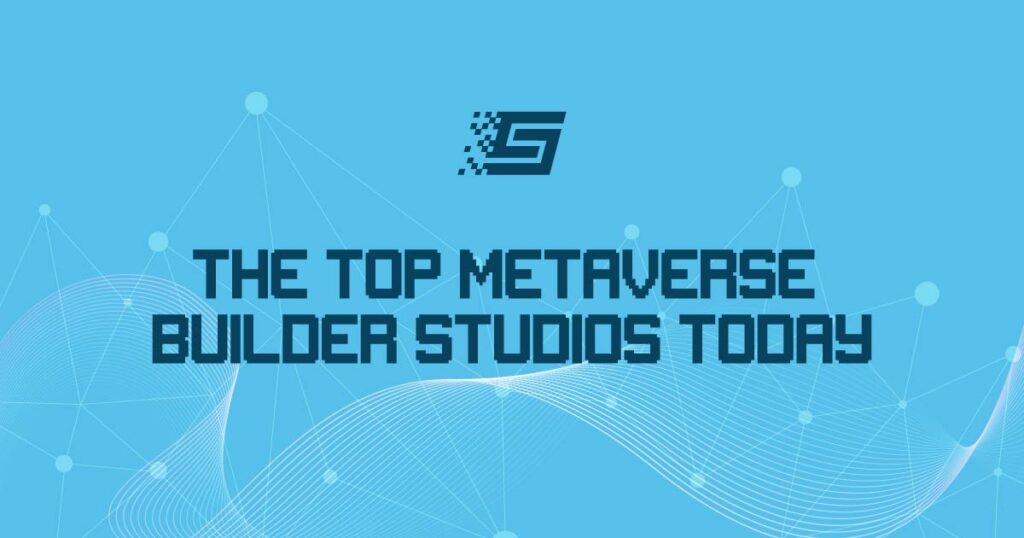AI In The Metaverse
AI makes use of algorithms enabled by constraints and exposed by representations supporting models targeted at loops to tie thinking, perception, and action together.
These definitions may seem a little abstract, but they allow us to understand the area of computer science that provides a blueprint for infusing machines and programs with machine learning and artificial intelligence.
Machine Learning
This type of AI learning feeds computers data and uses statistical techniques to help them “learn” how to get better at a task without having been specifically programmed for that task, thus, eliminating the need for millions of lines of written code. Machine learning consists of both supervised learning – using labelled data sets, and unsupervised learning – using unlabeled data sets.
Deep Learning
This is a form of machine learning that runs inputs through biologically-inspired neural network architecture. Neural networks contain hidden layers that the data is processed in, allowing the machine to go “deep” in its learning, making connections and weighting input for the best results.
Reactive Machines
A reactive machine runs in line with the most basic of AI principles. It only has the capability to perceive and react to the world in front of it. These machines cannot store memory. Thus, they cannot rely on past experiences for informed decision-making in real-time.
Deep Blue, developed by IBM in the ’90s, designed a chess-playing supercomputer that defeated the international grandmaster at the time Gary, Gary Kasparov. Deep Blue could only identify the pieces on a chess board and know how each move works based on the rules of chess, acknowledge each piece’s position, and in turn, determine the most logical move at each moment in the game.
The computer wasn’t even pursuing the potential moves of its opponent by trying to put its pieces in a better position. Each turn was viewed as a separate reality apart from any of the moves made beforehand.
Google’s AlphaGo is another example of a game-playing reactive machine. It relies on its own neural network for evaluating developments in a game, which gives it an edge over Deep Blue in more complex games, even though it doesn’t have the capability of predicting future moves.
AlphaGo also bested world-class competitors in the game of chess by defeating the champion Go player Lee Sedol back in 2016.
Although limited in scope and not easily altered, reactive machine artificial intelligence is capable of attaining a level of complexity and offers reliability in performing repeatable tasks.
Limited Memory
This artificial intelligence has the capability of storing data and predicting outcomes by gathering information and weighing a potential decision. Essentially, the technology looks into the past for clues on what may occur next. Limited memory AI is more complex and presents greater possibilities than reactive machines.
Limited memory AI is created by training a model on how to analyze and utilize data. Alternatively, an AI environment can be built to automatically train and renew the machines.
Limited memory in machine learning comes with six steps; Training data must be created, along with a machine learning model that needs to be able to make predictions and receive human or environmental feedback. That feedback will then be stored as data, and the steps must be reiterated as a cycle.
The three major machine learning models for limited memory artificial intelligence are as follows:
Reinforcement learning; makes better predictions through repeated trial-and-error.
Long Short Term Memory (LSTM); utilizes data to predict the next item in a sequence. LTSMs take recent information as the most important in making predictions. It discounts data from further in the past but utilizes it to form conclusions.
Evolutionary Generative Adversarial Networks (E-GAN); evolve over time and grow in order to explore modified paths based on previous experiences when new decisions are being chosen. This model is continuously pursuing a better path and utilizes simulations, statistics, or chance to predict outcomes throughout its evolutionary mutation cycle.
How Does Artificial Intelligence Work In The Metaverse
The metaverse will use AR (augmented reality) and VR (virtual reality) alongside artificial intelligence and blockchains to create this virtual world. Here are some of the crucial points that AI will contribute towards:
Avatars
One of the hottest topics of the metaverse is avatars, and AI has the ability to analyze 2D user images as well as 3D scans that can create realistic and accurate versions of people. Companies like Ready Player Me have been using AI to help build avatars for use in the metaverse.
Digital Humans
Digital humans are 3D chatbots with the ability to react and respond to actions in virtual worlds. They are non-playing characters (NPC); a character whose responses and actions are determined by an automated script or a certain set of rules, as against a character controlled by a user or player.
Digital humans are built with AI technology. They are an important element in the construction of the metaverse. Digital humans range from NPCs to automated assistants in the VR space.
Processing Languages
Users around the world could benefit from interacting in the metaverse In the future. With the use of AI, people will be able to interact in the metaverse freely.
AI is able to break down natural languages such as English. It can then transform them into a machine-readable format, analyze the data, and produce a response converted into English and sent back to the user. This is a quick process, recreating a real-life effect.
Learning Data
One major element of machine learning lies in learning data. When a machine is fed historical data, it learns the previous model’s outputs. With this data, it can suggest new outputs. The more data and human feedback that it ingests, the better the output.
This is building the hope that AI will eventually be able to perform tasks and provide the correct outputs in the same way as human beings. There will be less human intervention this way, and the scalability of the metaverse will continuously grow.
Challenges Of AI Use In The Metaverse
Until the use of the metaverse becomes more widespread, the AI models will lack the data they need to learn on. The metaverse is a new concept that needs a lot of further research and development.
Many questions still need answering before AI technology becomes firmly established in the metaverse. Problems that need solving include issues such as how to distinguish if users are interacting with AI and not humans? How to identify deep fakes? Will the metaverse be able to deal with fraud? Does the metaverse allow users to implement AI/ML technology in the space? And, can users apply code to gain illegally in the virtual world?


